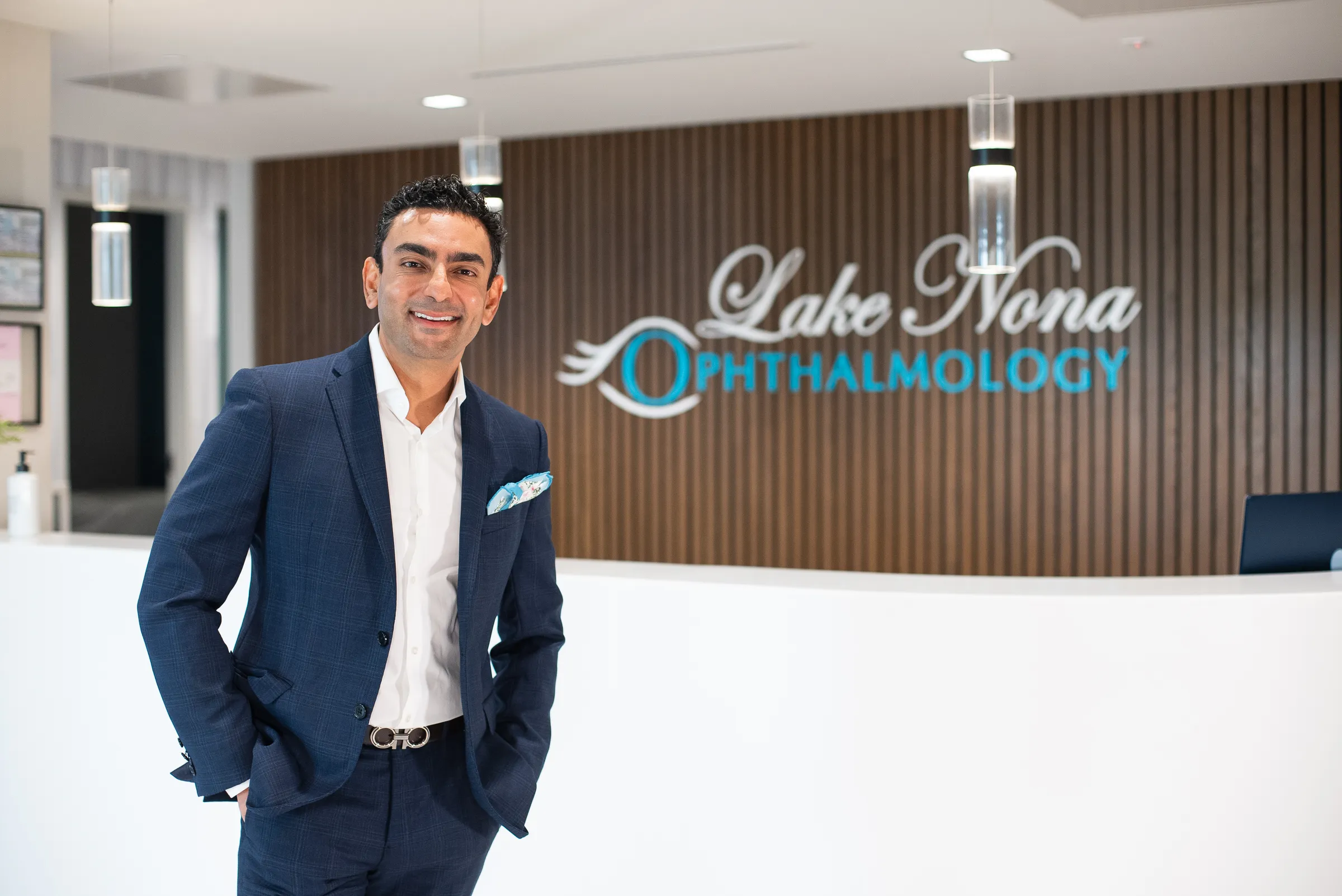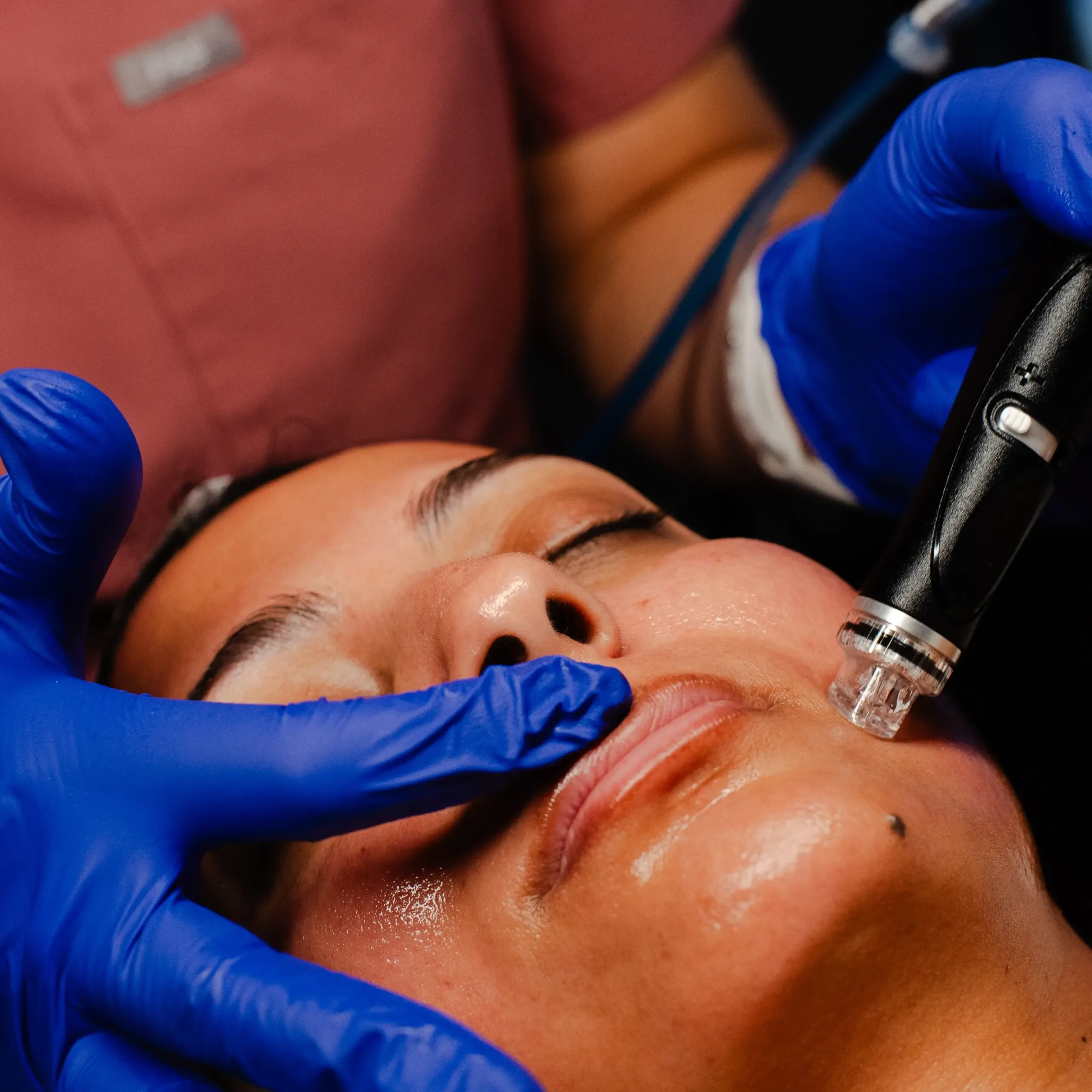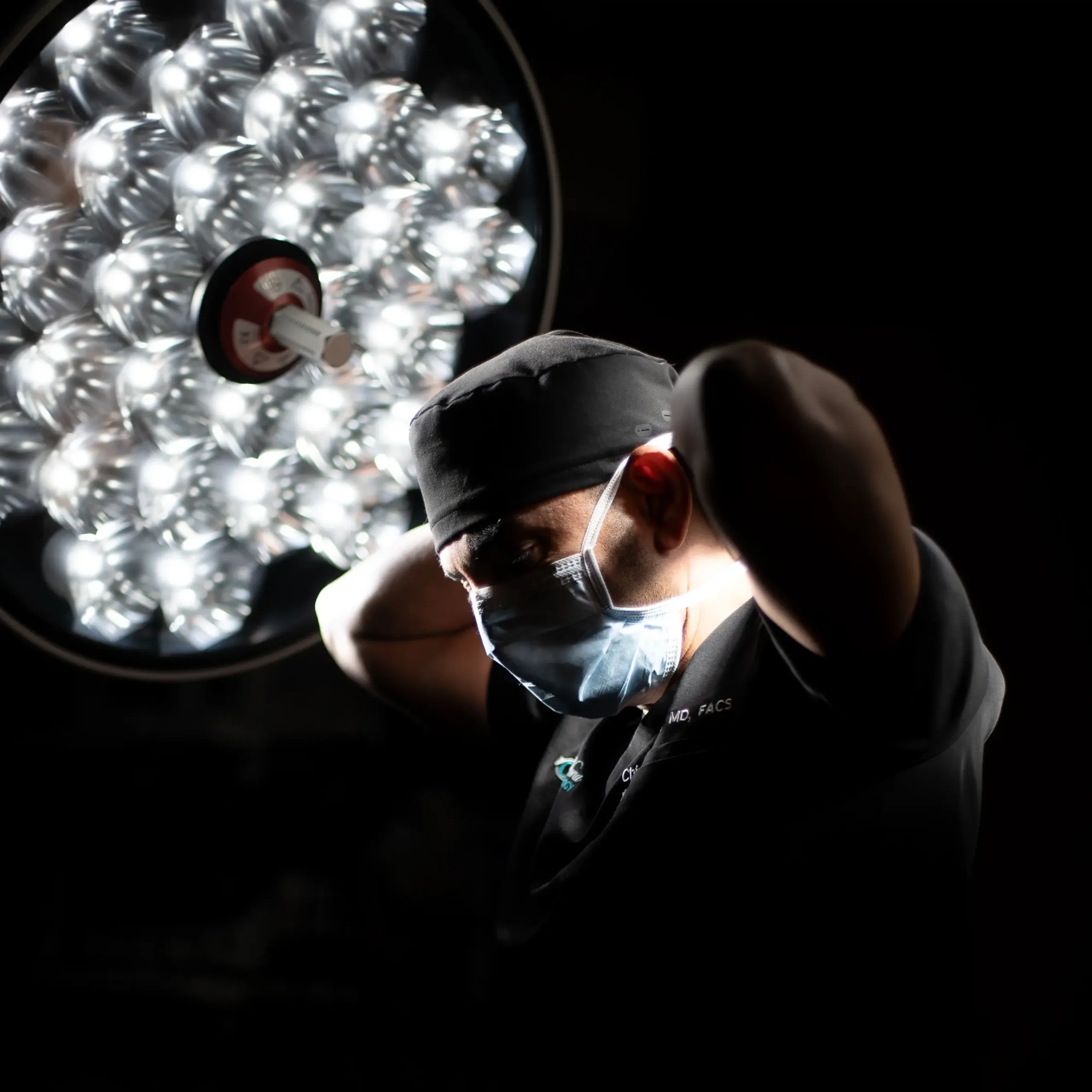Orlando’s Choice for Personalized Vision Correction and Eyelid Surgery
LASIK | EVO ICL | Cataract Surgery | Eyelid Surgery
See Better.
Dr. Patel founded the practice over 10 years ago to provide an elite blend of personalized care and leading edge technology. He has an authentic passion for helping patients see and look their best, while creating a comfortable and positive environment for each and every patient. He’s curated a friendly, experienced, and patient-oriented staff to ensure you have the best experience possible! Book your consultation now, and see the difference!
Recent Posts
Recent Google Reviews
In Partnership With:












